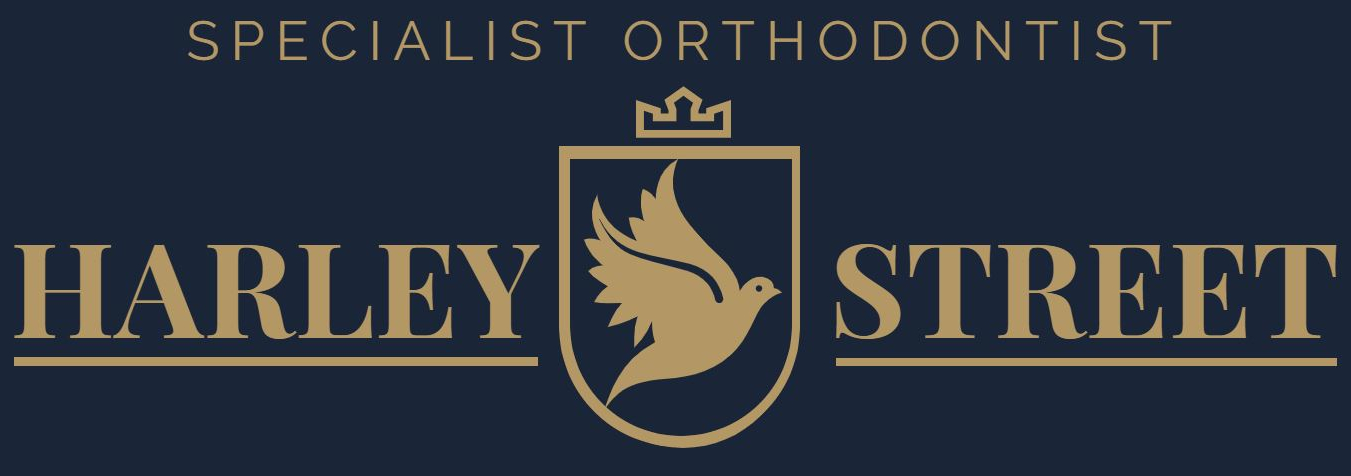As we grow up, our bodies go through lots of changes. Our mouths in particular are put through a lot, with the adult teeth coming through and jawbone structure changing. This can cause oral problems, including misaligned teeth or crowding. For children and teenagers, these problems can be corrected early on using orthodontics, providing a healthier smile into adulthood.
What Are the Signs That My Child Could Need Braces?
There are several signs that could indicate your child might need braces. The first is when your child's baby teeth fall out too early or late. On average, baby teeth fall out between the ages of 5 and 14. Thumb sucking is a habit that, if particularly excessive or if it continues after the age of 6, can put too much pressure on the teeth.
You should also look out for any problems with your child's bite. If when your child bites down there is a gap between their teeth, or if their teeth protrude too far, this can require orthodontic treatment to move the teeth back into position. Problems with the bite can also cause speech impediments, including a lisp, slurring or mispronunciation. You should also look out for crowding among the front adult teeth.
Another sign that your child may require orthodontics, is if they experience any difficulty with chewing. You may notice that they bite the cheek or roof of the mouth more often. Something else to watch out for is if the jawbone shifts or makes noise when they open and close their mouth.
How Do I Book My Child in to see an Orthodontist?
For NHS treatment, your dentist will refer you to an orthodontist. Your dentist will check your child's teeth and jaws for any problems, including tooth decay and everything listed above. If they notice a problem that requires braces to resolve, they will refer you and your child to see an orthodontist. An orthodontist is a specialised dental practitioner, who will have lots of experience correcting teeth.
Starting treatment involves an initial assessment from your orthodontist. They will create a treatment plan with you, which will cover all of the options available and any risks and benefits. They will outline the course of the treatment, including the type of brace to be used, whether any there needs to be any teeth removed, and how long your child will need to wear the braces for.
During this initial consultation, they will also answer any questions and address any concerns you may have regarding the orthodontic care. You will also discuss the stability of the treatment, which is how long the teeth are expected to stay in their new position. There will also be a discussion of whether your child may need to wear a retainer after their braces are removed.
Can My Child Receive Private Orthodontic Treatment?
After the initial assessment, NHS patients will be put onto a waiting list for orthodontics. This is because orthodontics through the NHS has limited funding. For some, it can take years to receive orthodontics this way, which means that problems with your child's teeth can take a long time to be resolved.
Private orthodontic treatment is also available for your child. This method of straightening your teeth allows you to bypass the waiting list, and access treatment sooner. To receive private orthodontics your dentist can refer you to a specialist, or you can contact a private orthodontist directly. You can also receive a second opinion this way.
How Can Early Treatment Help?
By tackling any problems with your child's bite early, they are less likely to need to undergo more extreme treatments later in life. While there is no set age that a child should have orthodontics, the earlier any potential problems can spotted, the earlier and easier their teeth can be guided into the correct positions. Early treatment can also help with maintaining the correct width of the jaw, and can reduce the chance of adult teeth becoming stuck under the gums.
What Are The Different Types of Braces?
Crooked teeth can be corrected using various types of braces. The most common and well-known variety are traditional fixed braces. These can be made from different materials, including silver-coloured stainless steel, or a tooth coloured ceramic or plastic material, which can make them more obscure. Traditional braces are typically applied to the outside of your teeth, but treatments such as lingual braces fit the braces to the inside. In some cases, rubber bands may be used to provide more force with the alignment.
Other types of braces include aligners. These are generally removable trays that can shift your teeth gently over time, using a series of aligners. Invisalign is one such treatment that utilises these aligners, with the addition of being more discrete, due to being almost invisible.
Why Choose a Specialist Orthodontist?
Specialist orthodontists are dentists who have more training and experience providing orthodontic treatments such as Invisalign. Patients that receive orthodontics from a specialist find that their treatment is of higher quality, they finish treatment much sooner, and the level of care they receive is much higher.
Due to advances in aligner technology, we no longer offer fixed braces as a treatment option. Our specialists have found that removable aligners such as Invisalign are more likely to result in successful treatment, and are safer for the patient compared to traditional braces. Even if you have been told that fixed are your only option by other practitioners; our specialists are confident we will be able to treat your orthodontic problems using this modern treatment.
Book a Consultation
Do you wish you had straighter teeth? If so, send a WhatsApp message by clicking here or complete the contact form below to arrange a free online consultation with our orthodontist and learn more about what we can do for you.


